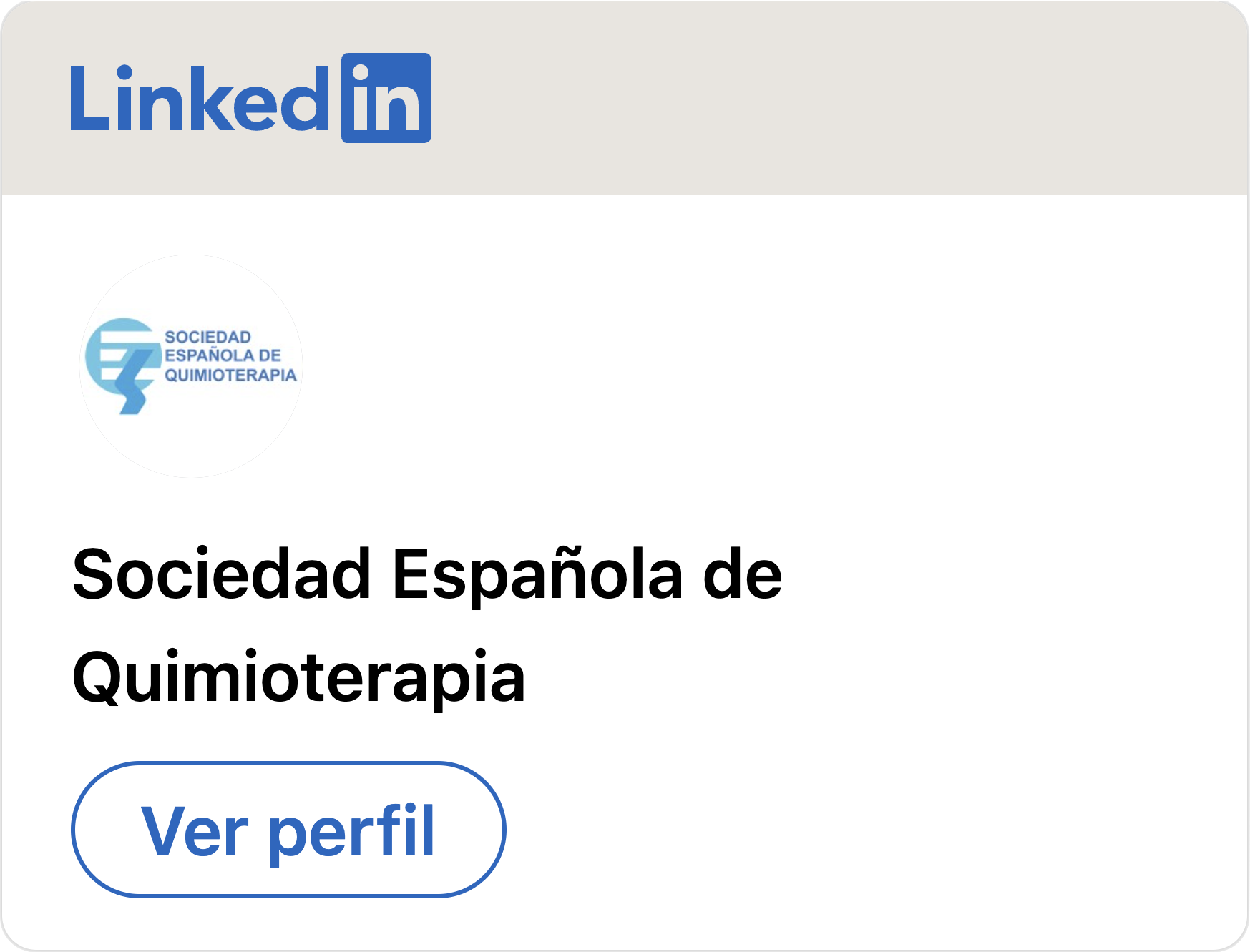Rev Esp Quimioter 2012:25(1):37-41
Antimicrobial resistance in clinical patterns of Pseudomonas aeruginosa
M. M. CASAL, M. CAUSSE, F. RODRÍGUEZ-LÓPEZ, M. CASAL
Pseudomonas aeruginosa is an opportunistic microorganism that is frequently the cause of nosocomial infections. Multiple mechanisms are involved in its natural and acquired resistance to many of the antimicrobial agents commonly used in clinical practice. We performed an antibiotic resistance study on P. aeruginosa isolated from intrahospitalary and extrahospitalary samples between 2005 and 2010 years. We included in the study a global amount of 3,029 P. aeruginosa isolates from clinical samples received at University Hospital Reina Sofia. Microbiology Service in Córdoba (Spain). Semiautomatic system WIDER I for strains identification and sensibility testing was employed. We considered susceptibility and resistance criteria recommended by MENSURA group. Results of the analysis showed that P. aeruginosa maintanied similar levels of antimicrobial susceptibility during the period 2005-2010, with increased susceptibility to amikacin, gentamicin and cefalosporins. Therewere also important differences in the degree of susceptibility between intrahospital and extrahospital strains during 2010 year, except for tobramicin and fosfomycin. The intrahospital difference in susceptibility was also evaluated, emphasizing the importance of periodically surveillance of susceptibility and resistance patterns of P. aeruginosa, in each setting in order to evaluate different therapeutic guidelines, because it is not always advisable to extrapolate data from different
regions.
Rev Esp Quimioter 2012:25(1):37-41 [pdf]

